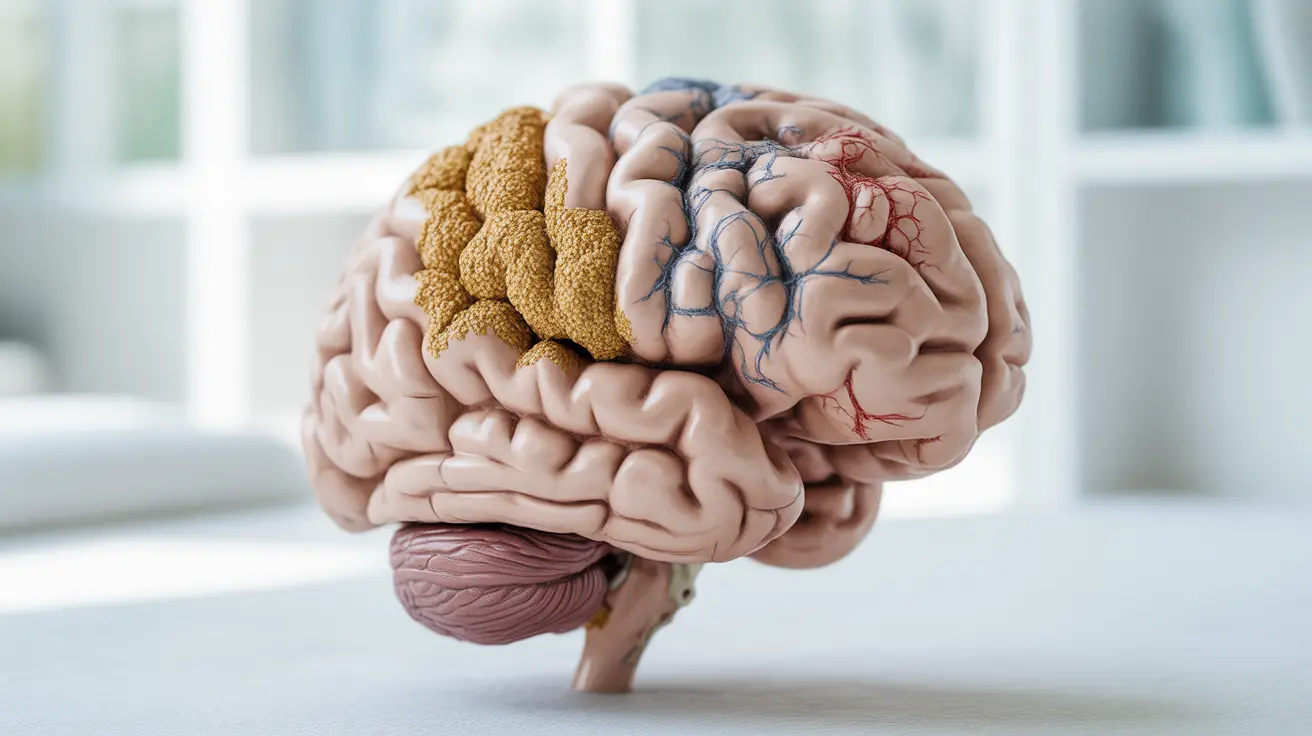Mixed dementia is a complex neurological condition where multiple types of dementia occur simultaneously in the brain. This challenging condition typically involves a combination of Alzheimer's disease and vascular dementia, though other forms of dementia may also be present. Understanding mixed dementia is crucial for both healthcare providers and families affected by this condition, as it requires a comprehensive approach to management and care.
Recent research suggests that mixed dementia is more common than previously thought, particularly in older adults above 80 years of age. The presence of multiple types of brain changes can lead to more severe cognitive decline and unique challenges in treatment.
Understanding Mixed Dementia and Its Characteristics
Mixed dementia occurs when a person experiences changes in the brain characteristic of more than one type of dementia. The most common combination includes:
- Alzheimer's disease pathology (amyloid plaques and tau tangles)
- Vascular dementia changes (blood vessel damage and microscopic strokes)
- Lewy body dementia features (protein deposits called Lewy bodies)
Each type of dementia contributes its own set of symptoms and challenges, making the overall condition more complex than single-type dementia.
Signs and Symptoms
The symptoms of mixed dementia can vary significantly depending on the types of brain changes present and which areas of the brain are affected. Common symptoms include:
- Memory loss and confusion
- Difficulty with planning and problem-solving
- Changes in mood and behavior
- Problems with balance and movement
- Visual-spatial difficulties
- Language and communication challenges
Diagnosis and Challenges
Diagnosing mixed dementia presents unique challenges for healthcare providers. The process typically involves:
- Comprehensive medical history evaluation
- Cognitive and neurological assessments
- Brain imaging studies (MRI or CT scans)
- Blood tests to rule out other conditions
- Assessment of cardiovascular health
Definitive diagnosis often requires post-mortem examination of brain tissue, making it difficult to confirm mixed dementia during a person's lifetime.
Treatment Approaches and Management
While there is no cure for mixed dementia, various treatment strategies can help manage symptoms and improve quality of life:
Medication Management
Doctors may prescribe medications that can help with cognitive symptoms, including:
- Cholinesterase inhibitors
- Memantine
- Medications for specific symptoms like depression or anxiety
Lifestyle Modifications
Several lifestyle changes can help manage symptoms and potentially slow progression:
- Regular physical exercise
- Cognitive stimulation activities
- Social engagement
- Proper nutrition
- Adequate sleep
Prevention and Risk Reduction
While some risk factors cannot be modified, others can be managed to potentially reduce the risk of mixed dementia:
- Control of blood pressure and cholesterol
- Management of diabetes
- Regular physical activity
- Heart-healthy diet
- Smoking cessation
- Mental stimulation
- Social engagement
Frequently Asked Questions
What are the symptoms of mixed dementia, and how does it differ from other types of dementia? Mixed dementia combines symptoms from multiple types of dementia, potentially leading to more severe cognitive decline. Unlike single-type dementia, symptoms may be more complex and varied, reflecting damage from multiple disease processes in the brain.
How is mixed dementia diagnosed, and why is it often difficult to identify during life? Mixed dementia is diagnosed through a combination of medical history, cognitive tests, and brain imaging. It's challenging to identify during life because symptoms can overlap with other types of dementia, and definitive diagnosis often requires post-mortem brain examination.
What are the treatment options for mixed dementia, and how can its symptoms be managed effectively? Treatment typically involves a combination of medications to address cognitive symptoms, management of underlying conditions, and lifestyle modifications. A comprehensive approach including physical exercise, cognitive stimulation, and social engagement is essential.
Can controlling cardiovascular risk factors like high blood pressure and cholesterol help prevent or slow down mixed dementia? Yes, managing cardiovascular risk factors can help reduce the risk and potentially slow the progression of mixed dementia. This includes controlling blood pressure, cholesterol, and diabetes, along with maintaining a healthy lifestyle.
What lifestyle changes can help improve the quality of life for individuals diagnosed with mixed dementia? Key lifestyle changes include regular physical exercise, cognitive stimulation activities, social engagement, proper nutrition, and maintaining good sleep habits. Creating a structured routine and safe environment is also important.




